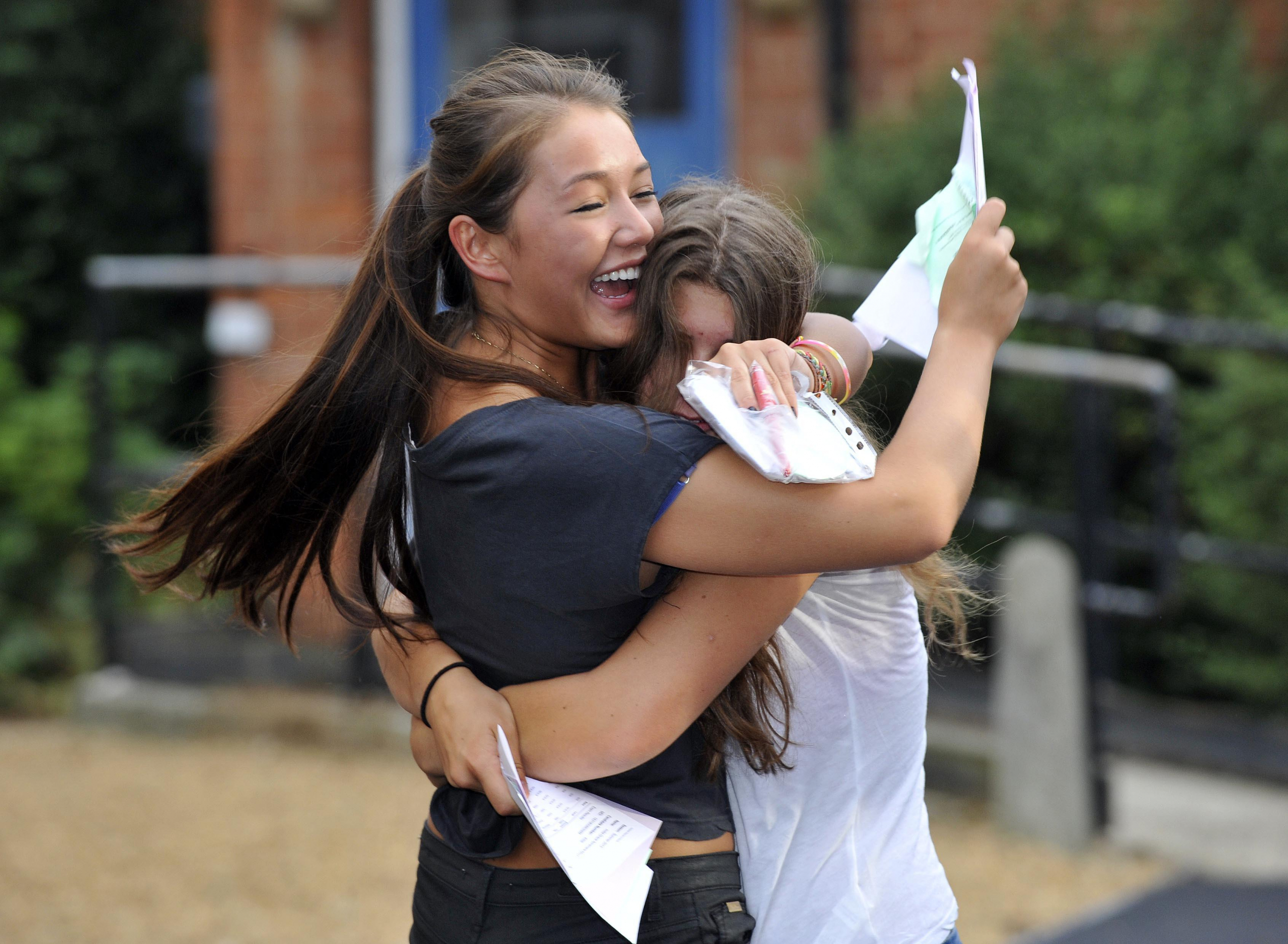Why Do the VCE Exam Booster Classes Start in March when
My Exams are at the End of the Year?
It takes a lot of time and practice to develop strong examination techniques and problem-solving/ application skills. As a rough guide, if you’re aiming for a Study Score of 40 or more in a Unit 3/4 subject, you’ll need to find the time to work through at least 15 exam papers and assessment reports in each subject (30 papers in each maths subject) between now and the VCE exams. To get 85% or more (i.e. A/A+) in most Year 11 exams, you need to work through at least 7 papers, and double this number if you’re studying a maths subject.
Despite the importance of working through large numbers of exam papers, the majority of students leave this critical process to the end of the year. Most students will then, however, run out of time to revise course materials and work through the recommended number of papers, compromising their ATAR or their Year 11 marks.

It also takes time and a systematic, gradual, approach to develop the exam techniques and problem-solving/ application skills that are needed to obtain above average marks in the VCE exams.
So, if you choose to leave exam papers until you’ve completed your Unit 4 SACs (the most popular time for students to start their exam preparations), there simply won’t be enough time to learn, practice and consolidate the harder skills and techniques, even if you do manage to find the time to work the recommended number of papers.
As a result:
You won’t be able to perform to your best ability in your final exams.
If you’re aiming for the highest possible marks, it’s really important to start working through past VCE exam questions from the beginning of the year, and as each topic is covered at school.
Starting early is really the smartest time to start.


